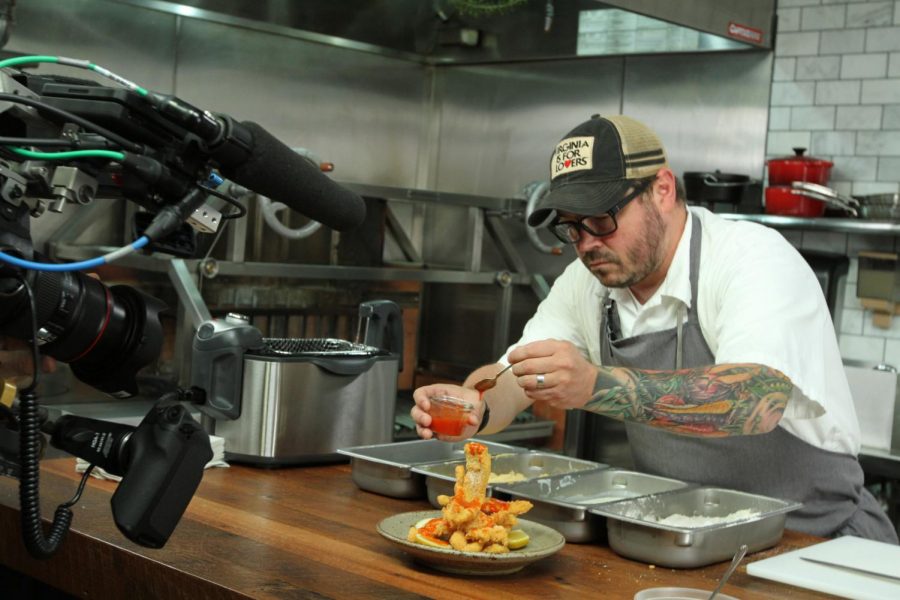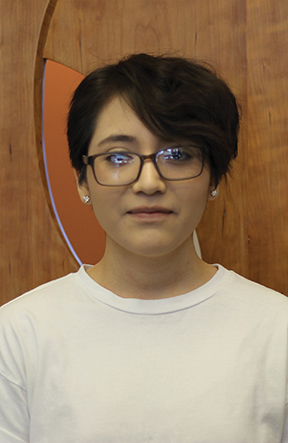The latest season of “Chef’s Table” was not much different to previous season and that’s not a bad thing as each chef and a lone butcher explain their fascination with the culinary arts.
Season six of the Netflix original series was released on Feb. 22 with four new chefs with different food journeys.
Half of the season was dedicated to Southern cuisine and the “elevation” of it by adding modern or fine ingredients to the staples.
Head chef of The Grey, Mashama Bailey, was the first chef to be featured. Her episode was heavily based on her past and roots in Savannah, Georgia and how she had to figure herself out to produce a successful future for herself and her social-workers parents.
Bailey studied the culinary arts in France where she said she fell in love with cooking eventually becoming the head chef in a 1930’s segregated bus depot turned restaurant.
Earning a degree in psychology and landing a job in social work made her parents extremely proud, she explained, but was very difficult for her in the field. She, on a friend’s recommendation, pursued the culinary arts and then applying it the her childhood.
One dessert she makes is a watermelon and habanero thrill; this is an ice pop based on a common treat eaten by children after playing in the hot son.
Her cooking style focuses on tradition Southern foods such as grits, gravy and okra with white-tablecloth-ingredients such as foie gras.
Sean Brock, the focus of episode four, is an Appalachian chef who focuses on southern cooking and giving it a modernist’s spin.
Even though the series is about cooking and the distinct cooking styles, his obsessive personality and his most recent obsession with farming and preserving southern cooking methods and heirloom ingredients are the main focus of the episode.
Brock believes that by focusing on preserving the ingredients, it’ll create dishes more authentic in taste and will also preserve the culture behind the dishes.
Episode two was dedicated to Tuscan butcher, Dario Cecchini. His episode pushed the message of appreciating the ingredient as a whole and not just for one piece meaning using the whole cow, pig or animal in question completely.
As a butcher, his restaurants Solociccia, translating to “only meat,” focuses on only meat, excluding steak, and using no sauces to avoid the meat from being upstaged.
A guest on his episode explained that it is cooking without the ego and that Cecchini wants every guest to learn to appreciate the snout, tail, eyes, tongue and so forth and to understand that steak is not the only cut to buy.
Episode three’s chef in question was Asma Khan and her kitchen, Darjeeling Express,
Khan’s kitchen is filled with only women, many of who were nannies, but learned to be professional chefs.
Khan began her journey to head chef when she left her native India and moved to London, there she realized the lack of connection she felt there and that she missed the familiarity of Indian cuisine.
She eventually became well known in the culinary world for her welcoming and informal attitude and restaurant which welcomes all as Khan believes that God comes in form of a guest.
Khan also focuses the importance of appreciating women — especially second-born daughters. She explained that being a second daughter to her parents drove her to aim for high goals.
In addition to having an all-women kitchen, Khan has established the Second Daughters Fund which by the restaurant “sends celebration packages for the birth of second daughter and continue to support her through her education,’ according to her website.
All in all, the season was the same as previous ones so, each episode filled with inspiring and heartwarming stories of each person’s journey to and in the culinary world as well as finding meaning to the path they have chosen.






















